It’s a Sunday afternoon and weekend shoppers are crowding the pop-up market at Hin Bus Depot.
Dozens of makeshift stalls are hawking alternative crafts, books and fanzines in the open courtyard of the former bus park-turned-art gallery. Every week, locals and tourists alike flock here to exchange ideas with the creators and browse their work. But this is not the only space in Penang that’s buzzing with artistic activity. On the other side of George Town, an eclectic range of cafés, art galleries and bookstores play host to cultural events, live music, cinema screenings and open painting sessions.
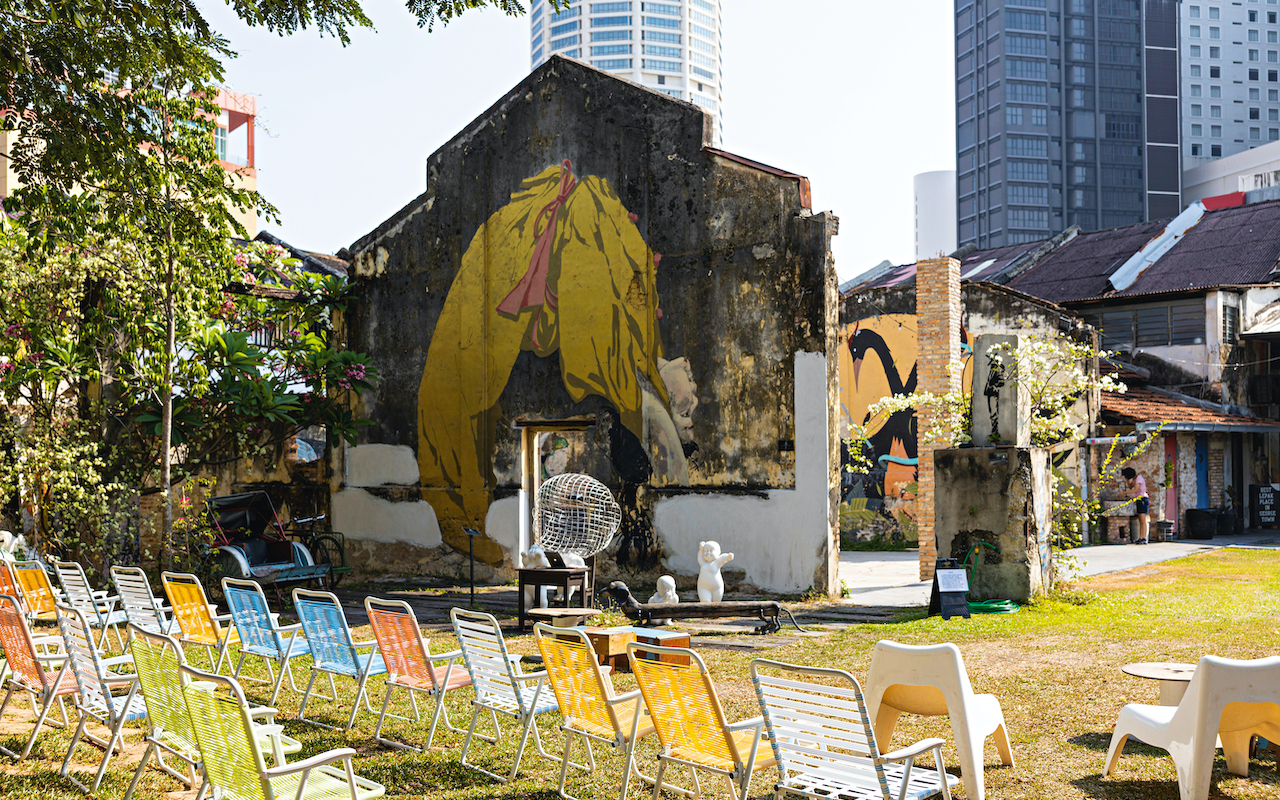
Despite this bounty of art, for the majority of visitors to George Town, Penang island remains a playground for posing next to famous murals and getting “one for the ’gram”. After all, this is where you’ll find Lithuanian artist Ernest Zacharevic’s mural Little Children on a Bicycle, selected by The Guardian as one of the world’s best murals in 2013.
Murals have become such an undeniable part of the island’s appeal and the Penang State Government is relying on their power to boost tourism to areas outside the heritage core. Alongside the well-established George Town Festival and George Town Literary Festival, the latest state-supported art event is all about giant murals: The Penang Container Art Festival (PICAF) is the first in Asia to feature urban art on shipping containers.
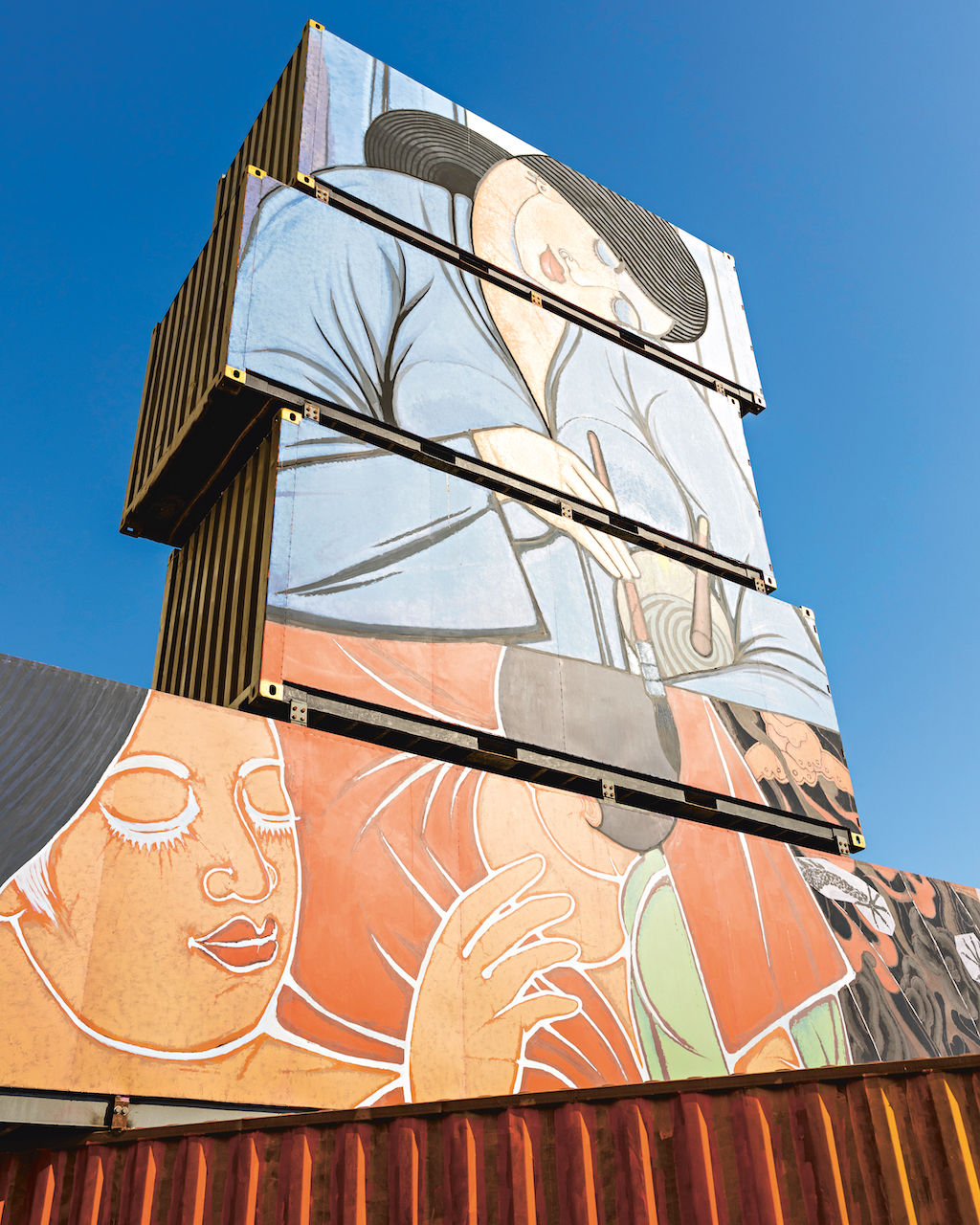
Held at five different locations throughout the island and Seberang Perai – the mainland part of Penang state – PICAF offered five pop-up installations by five international and seven Malaysian artists. The large-scale murals (each about 12m high and 8 to 12m long) depict the people of Penang: there’s one of a Malay girl and another of a farmer and a local man enjoying durian.
“PICAF aims to promote tourism [by highlighting less-visited parts of the island], using relevant mural art creations to engage local and international visitors to experience the diversity of Penang state,” explains researcher Nicole Chang, who works with PICAF’s organiser, CAN CAN Public Art.
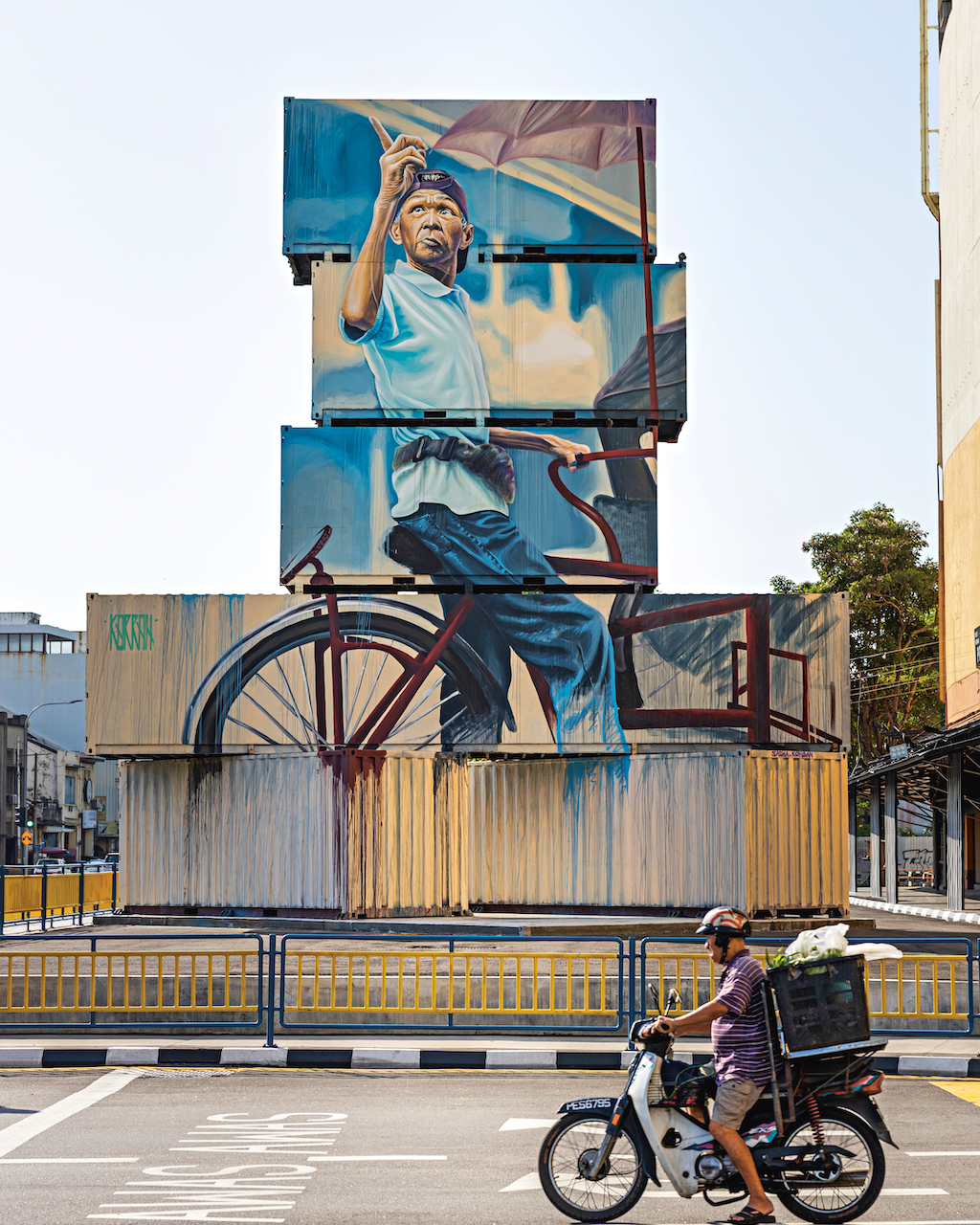
However, beyond state-funded events and murals, Penang is also home to a series of less well-known artistic projects. Fiercely independent, they have grown for years in the shadow of the street murals to represent another, more diverse side to the art scene.
“There is plenty of world-class talent here though many still fly under the radar”
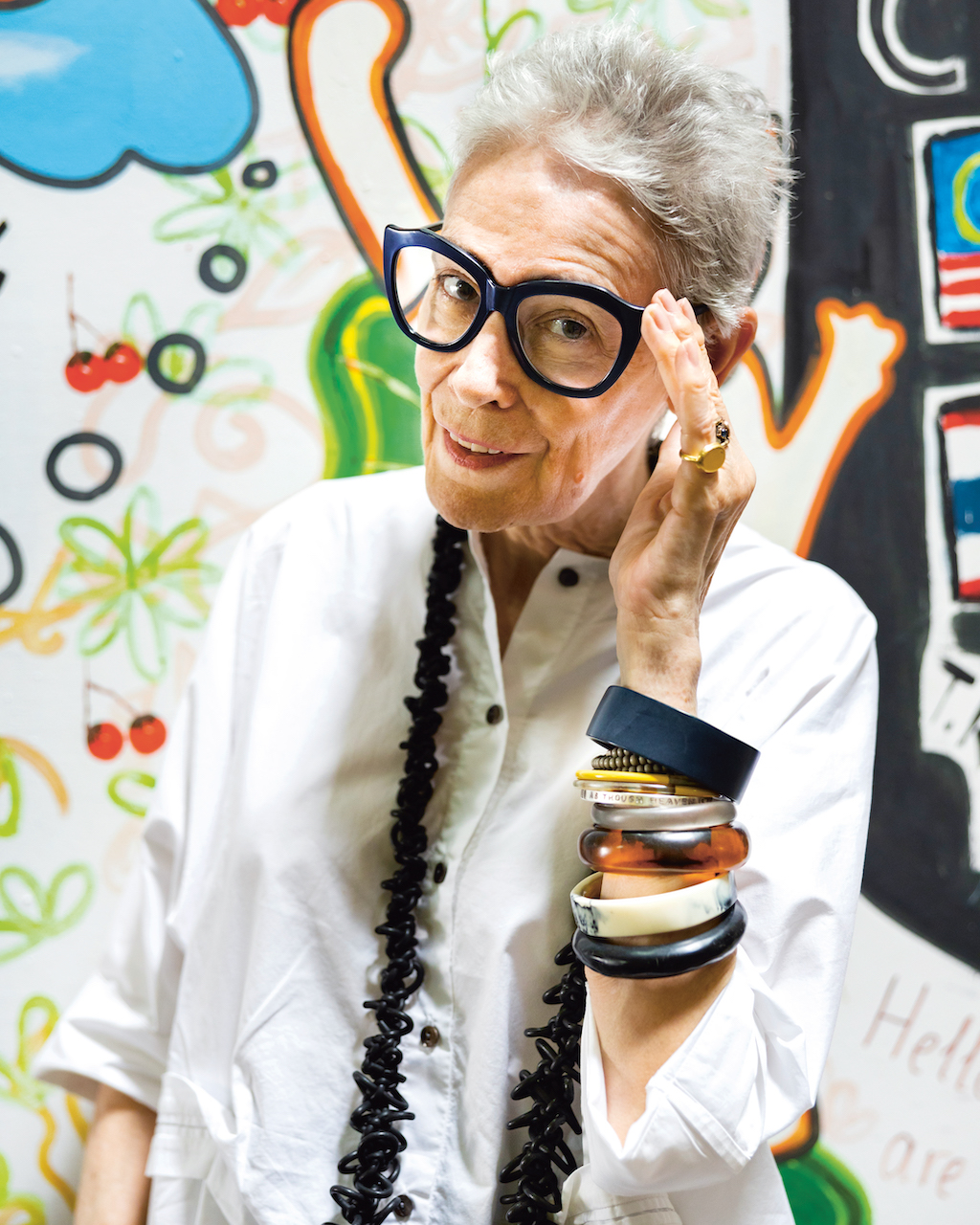
Narelle McMurtrie, the tall Australian woman behind ChinaHouse, gives murals their rightful due. “I still think mural art is the best thing that happened to central George Town. I walk Armenian Street twice a day, and I am still in awe of how much fun mural art brings to families.” Nevertheless, ChinaHouse has been a major contributor to the area’s creative diversity. A traditional shophouse transformed into a creative space, it includes a bistro, wine bar, live music venue, library and art gallery.
An interior designer by trade, McMurtrie moved to Malaysia over three decades ago, and 10 years ago started doing business in Penang specifically. Her love for transforming old buildings fuelled her desire to revitalise a dilapidated shophouse as ChinaHouse in 2011, kickstarting George Town’s hip and artsy revival, blazing a trail that was quickly followed by a slew of imitators. Take a walk in the heritage core today, and you’ll see that many of the cafés have borrowed something from ChinaHouse’s original shabby-chic heritage restoration blueprint.
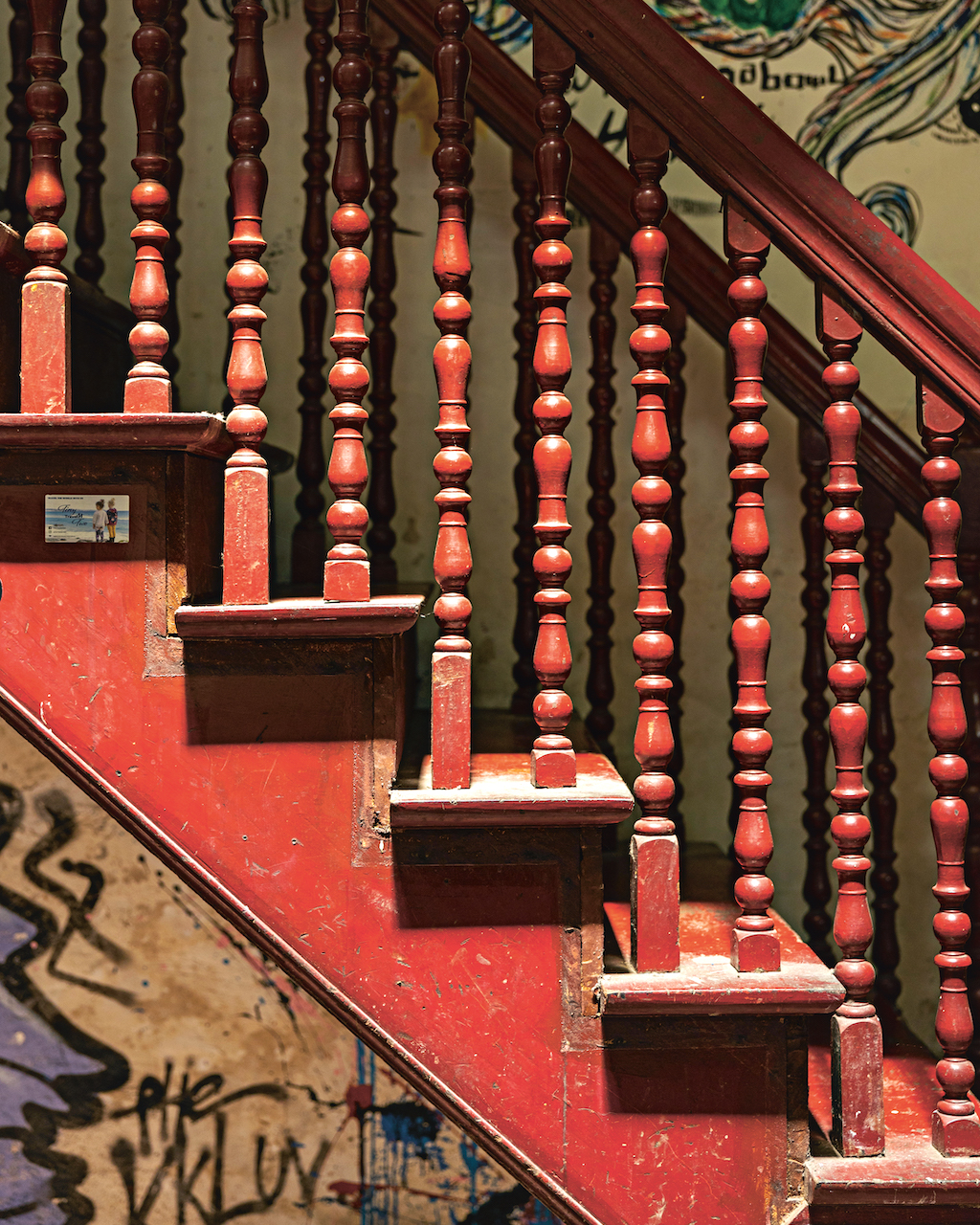
As if running Penang’s most famous café wasn’t enough, McMurtrie opened Art Lane in 2018, just a few doors down from ChinaHouse. This unused shophouse lot now functions as an “open canvas” for both local and passing international artists who want to leave their mark on George Town. “I opened Art Lane to demonstrate that if you had old buildings that were not occupied, it was a good idea to hand them over to artists to run studios, artist communes and galleries,” says McMurtrie, who even provides the artists with the paint and brushes.
Just across the road from Art Lane on Beach Street is Hikayat, part book shop, part café, part cultural hub. It’s a labour of love from Gareth Richards, an accomplished editor and former co-curator of the George Town Literary Festival; and Bettina Chua-Abdullah, formerly a television news presenter at CNBC Asia and curator of the Fay Khoo Award for food writing. The two met three years ago at the festival, found a common artistic and business vision and decided to create Hikayat together.
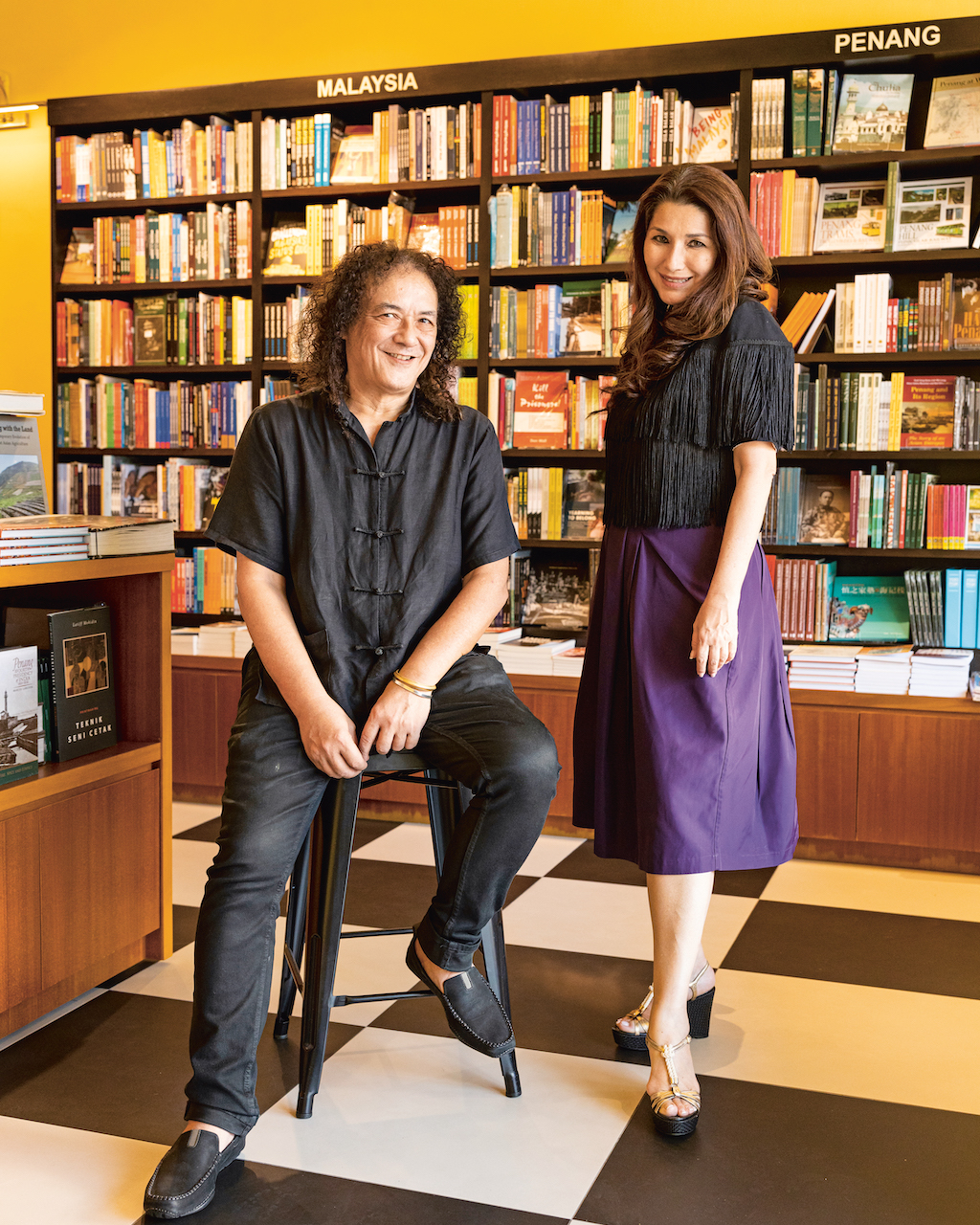
“Hikayat is a different kind of arts space, where people connect with expressions of their creativity in many different forms. It’s also where ideas flourish and come to life,” says the shaggy-haired Richards standing in front of a wall of books in his Gerakbudaya Bookshop, located on the ground floor of Hikayat.
Hikayat offers a “space beyond books” where patrons can enjoy meaningful conversations in the relaxed café that extends beyond the bookshop. Upstairs, the cosy Blue Room hosts world cinema screenings, writing workshops and book launches. There’s also a podcast recording station and an apartment available for rent to those who want to stay longer and enjoy a prime location rubbing elbows with George Town’s local and passing creatives.
“The tourists who flock – unthinkingly – to get that shot, the same shot as millions of others,” Richards adds, “tend to forget about George Town’s other artistic attractions.”
Beyond literature and art, Penang is also not short on great music. Only a few streets away from Hikayat, in Lebuh Bishop, one can find Soundmaker, the only independent venue for alt-rock, metal and punk music on the island. Born in another location along the sea-facing promenade of Pengkalan Weld over a decade ago, Soundmaker relocated to George Town’s heritage core after being evicted by the former landlord because he was “tired of rockers hanging about and covering his property’s walls with graffiti and punk rock slogans”, explains Cole Yew, the 39-year-old founder of Soundmaker.
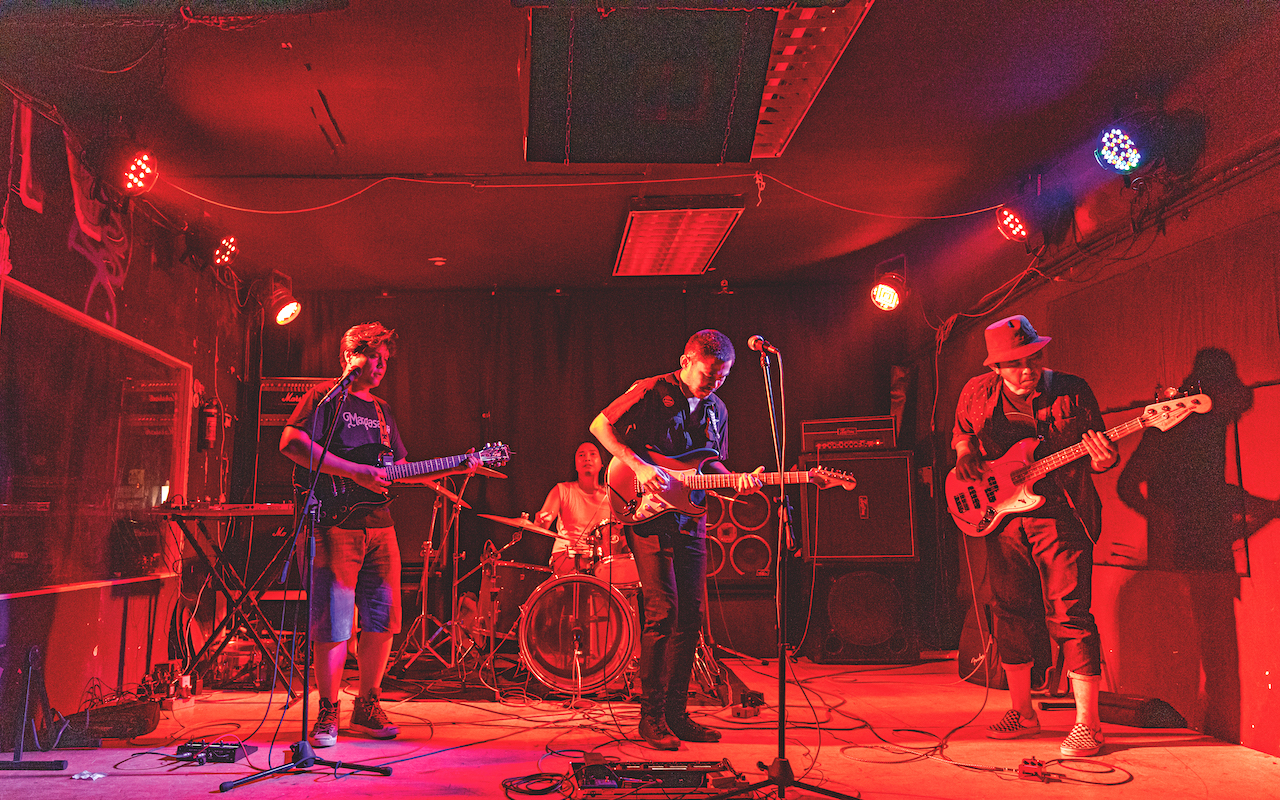
Today, hidden within a nondescript building, saloon-style doors welcome patrons into a dark room where a mural of a demonic singer screams on the wall next to a professional stage. It’s here that the best local and international bands coming from as far afield as the USA, Australia and Europe come to perform.
“The eviction notice seemed the end, but it was truly a blessing in disguise,” Yew says. With long dark hair, tattoos crawling out of his sleeves and an eternal cigarette tucked into a corner of his mouth, Yew has played in more bands and produced more music than anyone else on the island. Originally from the Cameron Highlands, he moved to Penang to pursue his dream of a life of music and art, and was one of the original group of young creatives that started the Zap Parties, the underground dance and live music events that brought an edge to the staid Penang nightlife of the late 1990s.
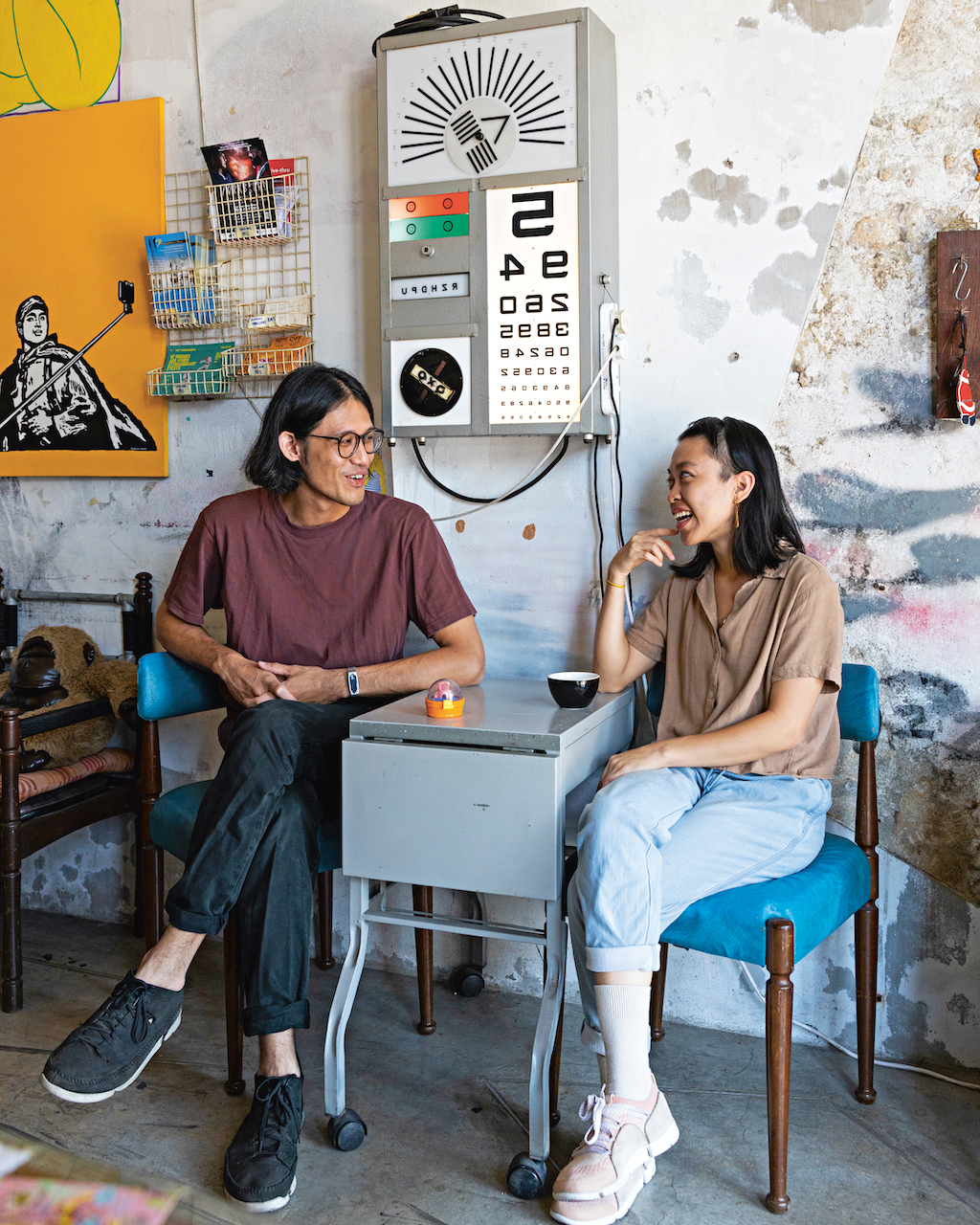
Another of the early Zappers is Alvin Neoh, who has now set up home and shop with his artist fiancee Jaime Oon on Carnarvon Street. Their hip bar Narrow Marrow has been packing in music, drinks, coffee, cakes and young artists for the past few years. Carved out of a long shophouse, it’s literally a narrow tunnel featuring high ceilings, bare walls and vintage chairs that spill out beyond the concrete bar and onto the facing sidewalk.
Of course, it’s not just independent artists shaking up the local scene. Daiichi Art Space opened in 2016 as the George Town arm of Daiichi Modern Art Gallery, with the flagship in Sungai Petani, Kedah. Daiichi focuses on local talents and has worked with a staggering 800 or so artists over the years. Beyond the artworks, patrons can come and enjoy the French cuisine at the restaurant on the ground floor.
“The tourists who flock – unthinkingly – to get that shot, the same shot as millions of others, tend to forget about George Town’s other artistic attractions”
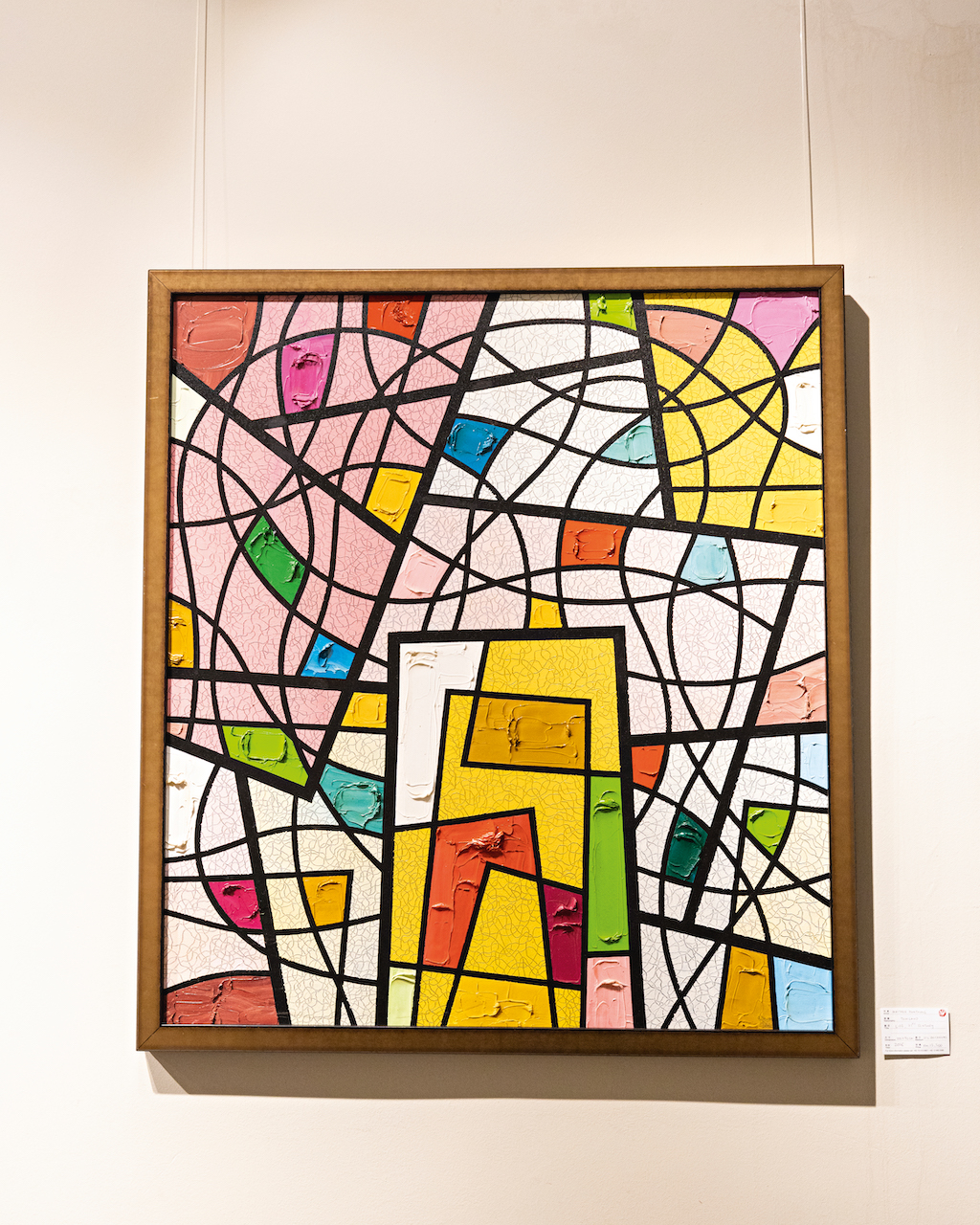
For Daiichi’s gallery manager, Vincent Tai, “the future of Penang arts is shining bright and we look forward to building a larger database of collectors.” As further evidence of this, Tai points to the local government’s plans for a new State Art Gallery that will be five times the size of the current one, as well as the RM$88 million (S$28.8 million) Lin Xiang Xiong Art Gallery set to open on the eastern shore of the island.
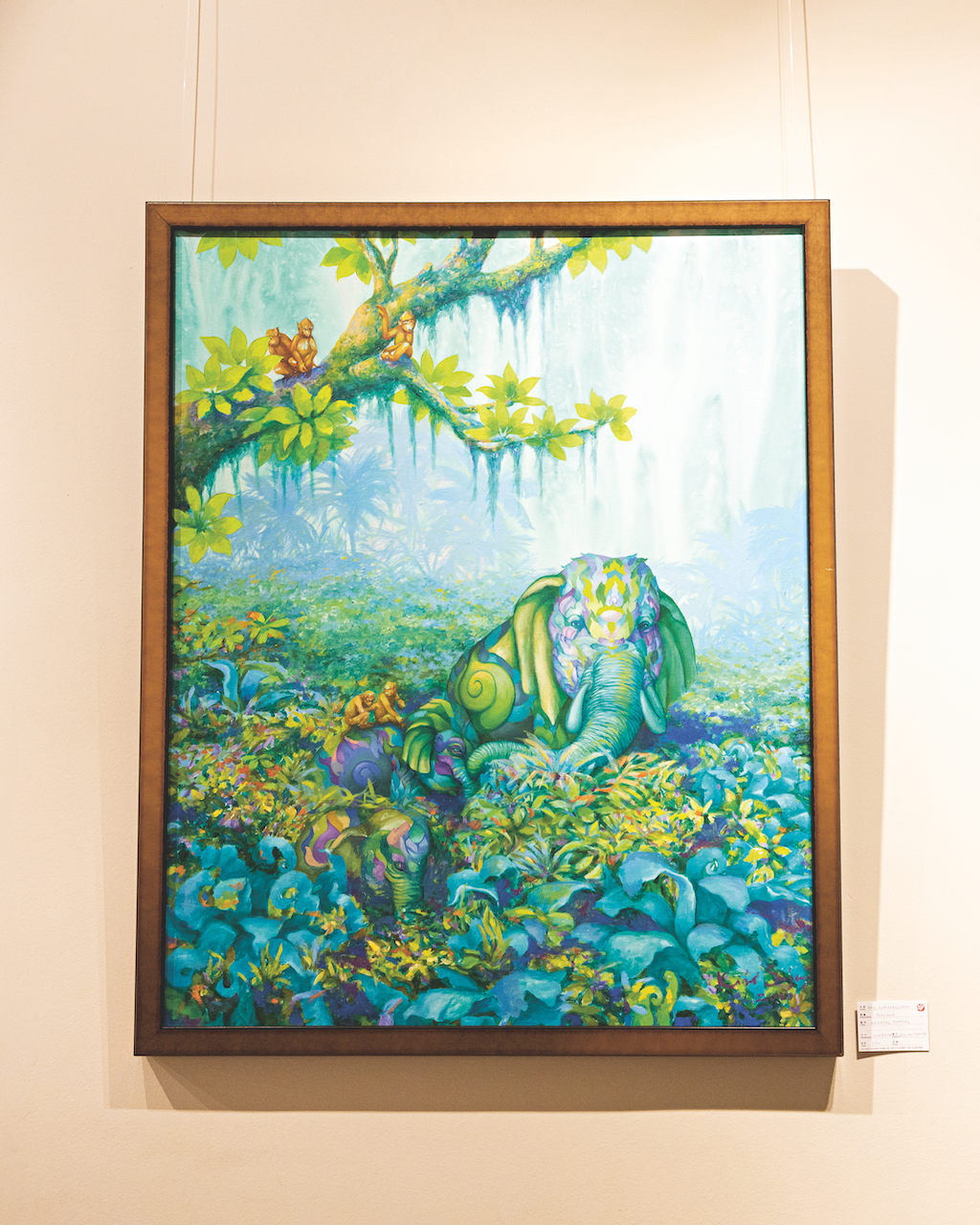
Even with so many shiny new developments to look forward to, we shouldn’t forget the people that continue to give Penang its distinctive artistic edge. “There are world-class talents here, though many fly under the radar,” Gareth Richards of Hikayat muses. “There is still plenty of room for writers and artists to get connected, to produce and to promote what they do.”
3 art-focused hotels in Penang
1. Hikayat
Set within the art space of the same name, this writer’s suite is the best way to stay right where Penang’s creatives gather. The Blue Room outside is strewn with comfortable couches and lounge chairs where you can easily while away an afternoon.
2. Sinkeh
Run by Malaysian actor Chee Sek Thim, this refurbished shophouse has modern rooms with glass and wood furnishings. It is located above a theatre studio and art event venue.
3. Hotel Penaga
This boutique hotel was the first to host artist residencies, offering guests meet-and-greet sessions with painters and writers. Its rooms also feature various local artworks.
To learn more about Singapore Airlines flights, visit singaporeair.com. For more information and travel advisories, please visit Ministry of Foreign Affairs’ website.
SEE ALSO: Cycling from Kuala Lumpur to Penang
This article was originally published in the April 2020 issue of Silkwinds magazine
The post Island of inspiration: Penang’s flourishing arts scene appeared first on SilverKris.
from SilverKris
No comments:
Post a Comment